40- Indian wedding clothes

Indian wedding clothes is the set of clothes worn by the bride, bridegroom and other relatives attending the wedding during a marriage.
Clothing culture
In India, the wedding rituals and clothes make the wedding as much as that of the bride and her groom. Both look their splendid best in gorgeous clothes. Not just the couple, but the guests attending the family and the relatives are often seen dressed up to the teeth. The
bride is dressed up in auspicious colors, whereas the bridegroom is dressed to exude a regale aura. The bridesmaids and best men are often dressed in par with the bride and the groom. But they are toned down a bit because the day belongs to the couple. All the folks attending the marriage are decked up with gold jewelry including the bride and sometimes the groom. The ladies are additionally adorned with henna patterns all over their palms, hands, forearms, legs and feet. Sometimes henna patterns are replaced with alta designs which are short lived and easily removable.
Indian weddings generally tend to continue for several days and new attire is worn each day. All these dresses and the color symbolize the meaning of marriage and the period that follows it. Indian wedding is one that gives more importance to details like different rituals and the various attires one wears to attend them.
Hindu wedding
Indian Hindu weddings continue for several days. India is a country that defines diversity and this is visible even in the wedding and its different styles. The ceremonies, the rituals, the formalities are all different between each region and culture. Unlike the Christians, Hindus wedding ceremony does not resemble the western marriages and are quite elaborate. In the North,Starting from the Tilak ceremony, each function has significance in the marriage. Tilak, Sangeet, Haldi, Baraat and the Shaadi, all necessitate the Bride and the bridegroom to wear new attire at each occasion.All these above ceremonies are known by different names in the other parts,e.g.:Simant puja in the west,or Mangalasnanam in the south and so on.But have got the same significance all over.
Bridegroom's clothes
Many communities of South,West and Eastern India still adhere to the traditional costumes,i.e. Dhoti,or sometimes Lungi,and Mundu by some communities of the South.Kurta or a shirt may be worn or sometimes just a Angavastram may be used to cover the chest. On the other hand in the Northern parts, bridegroom usually wears a Sherwani, Jodhpuri suit or a western suit. The groom’s face is covered with a veiled with a curtain of flowers which is called Sehra in the North,which is not the custom elsewhere. It is also customary to wear a Taqiyah all through the ceremony in Muslim marriages.
Many prefer to wear a Kurta.Kurta can be worn with Salwar,or Dhoti.
A dazzling series of ensemble for bridegrooms include majestic sherwani, blended Indo-western suit and ethnic Jodhpuri suit. The exquisite shirts, coats and jackets are designed with extra care and touch to bring out the magnanimity out of the bridegroom on the marriage day.
Precious embellishments are studded into the collars and the cuffs of the bridegroom’s dress. Available both in simple cottons and splendid, royal raw silk, these Kurta Pyjamas are a preferred mostly by the bridegrooms.
Bride's clothes
The bride wears a saree or a lehenga according to the region. Red is considered to be the most auspicious color in among Hindus. While the saree is preferred as the bridal dress in South India, West, East India, most brides of other parts of India prefer Lehenga, Gagra Choli and Odni as bridal dress.
Christian wedding
Christian marriage in India is mostly an adaption of western wedding ceremonies. Here the bridegroom wears a western suit or tuxedo. The Bride usually opts for a silk saree or a western gown.
Bridesmaid and family
While during a marriage function, the bride and the bridegroom take the centre stage, the bridesmaid takes over everyone off-stage. Dainty Lehenga Cholis in bright colors, long cholis for the conservative, authentic designer lehengas and readymade lehenga cholis are usually
selected by the bridesmaid as wedding ensemble. Sometimes the bridesmaids wear sari rich in silk and embroidery. Delicately put together with alluring fabrics of bright and cheery colours, these Lehengas bring out the playful nature of the bridesmaid.


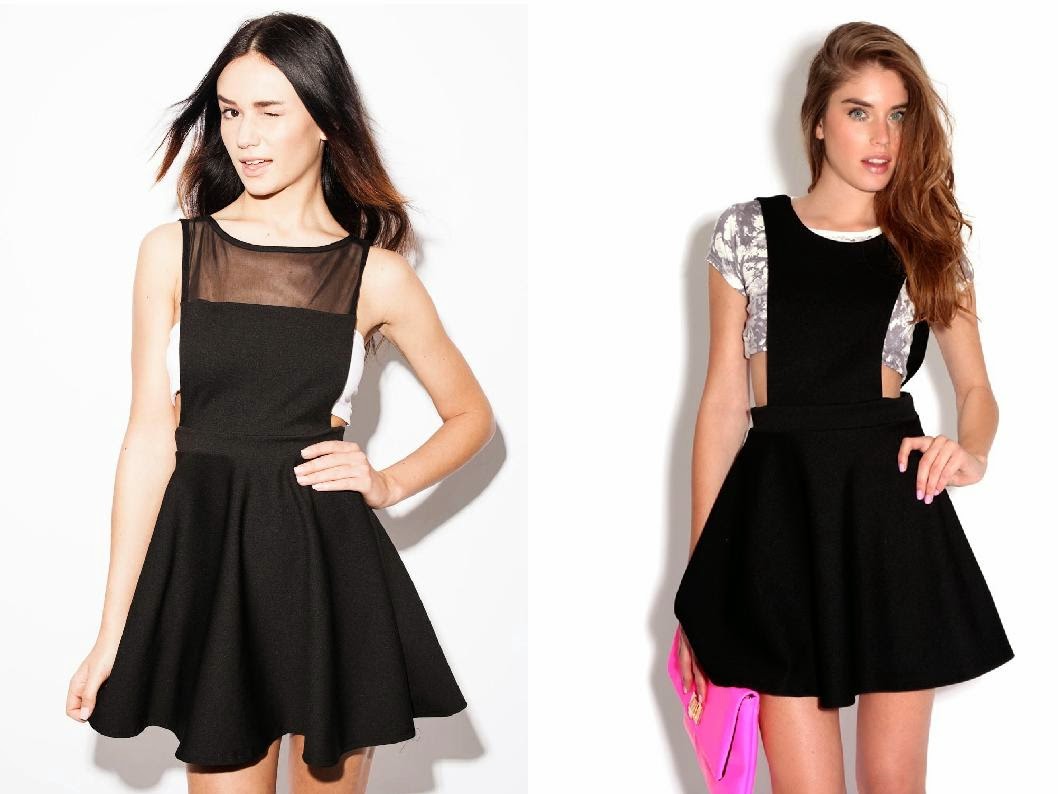
















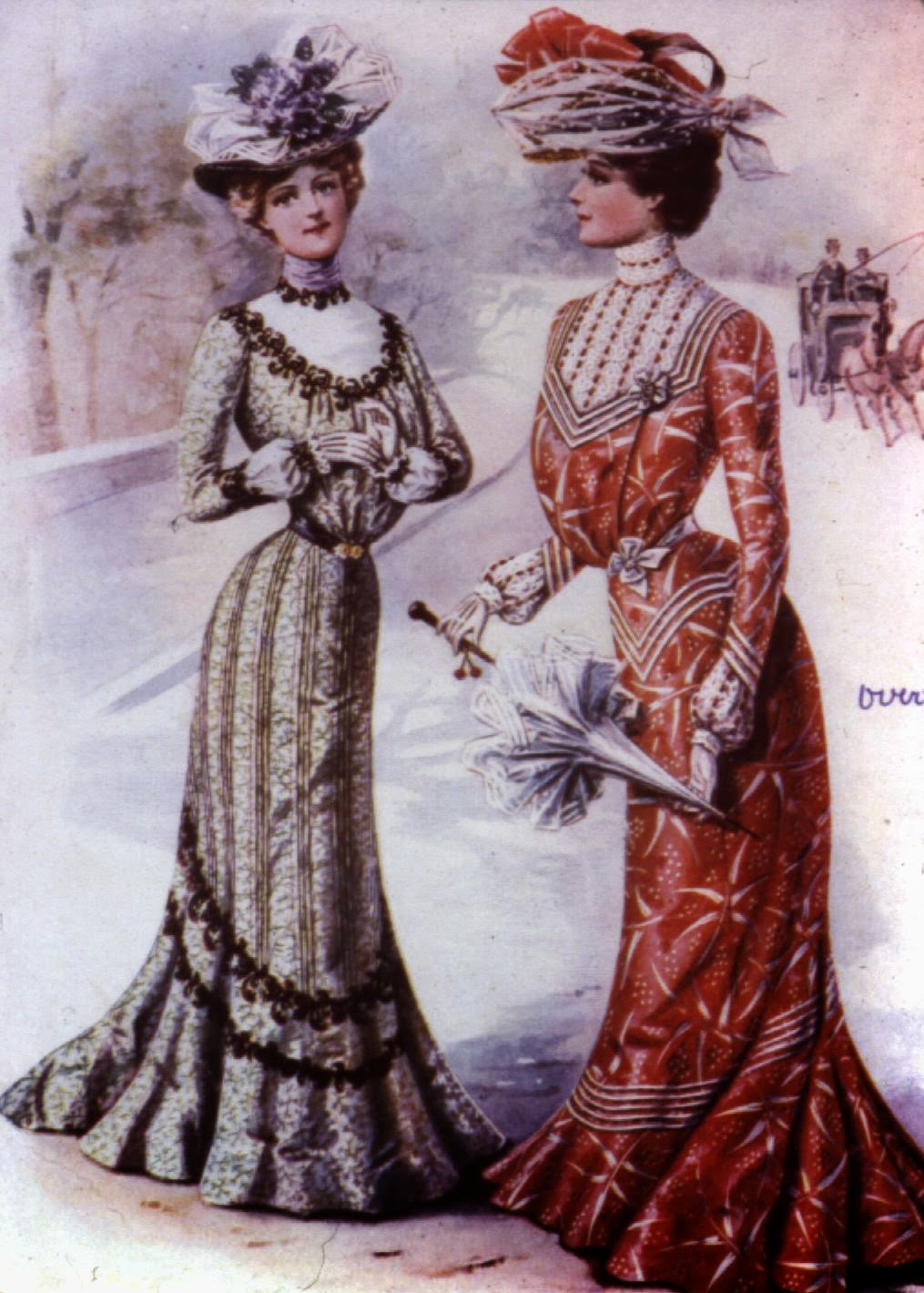
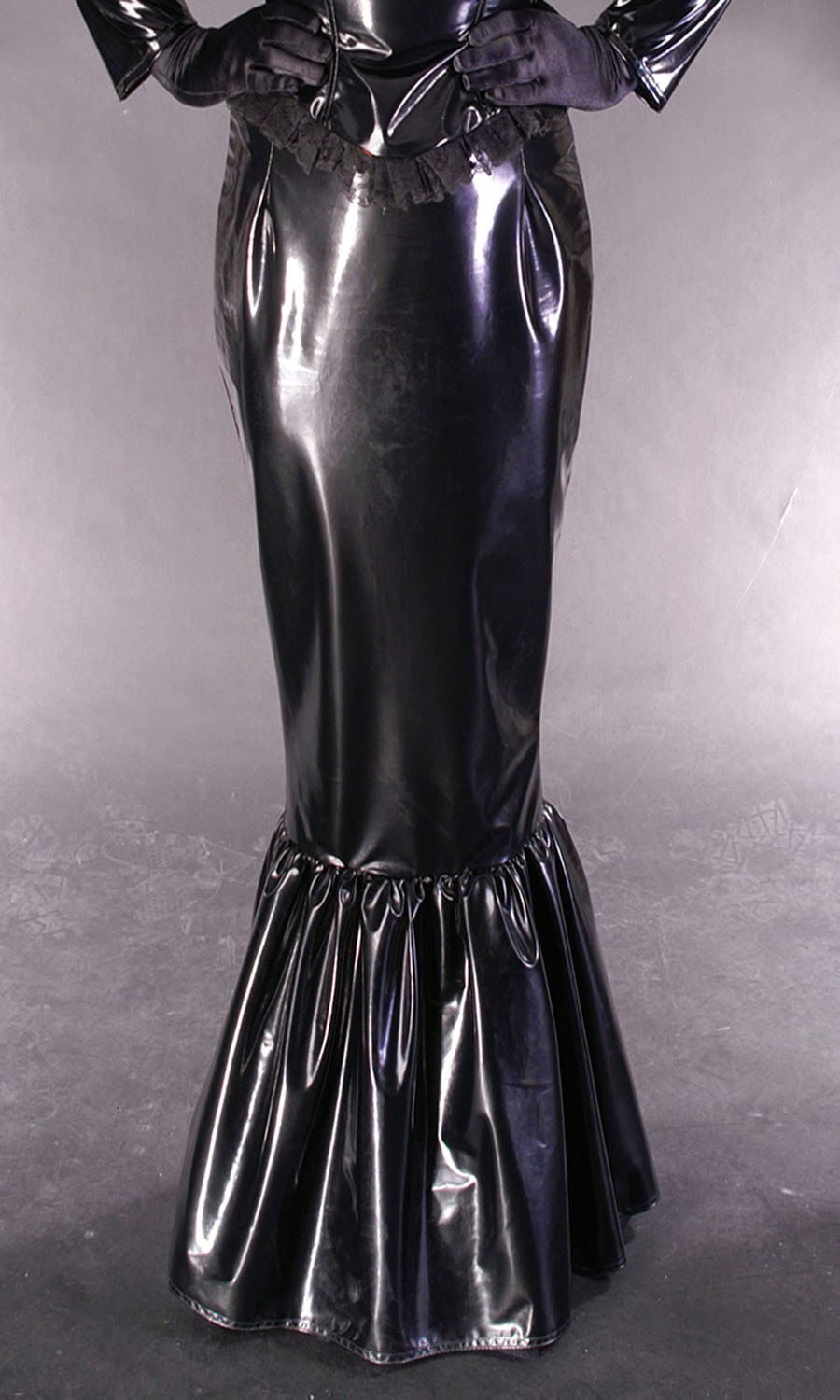










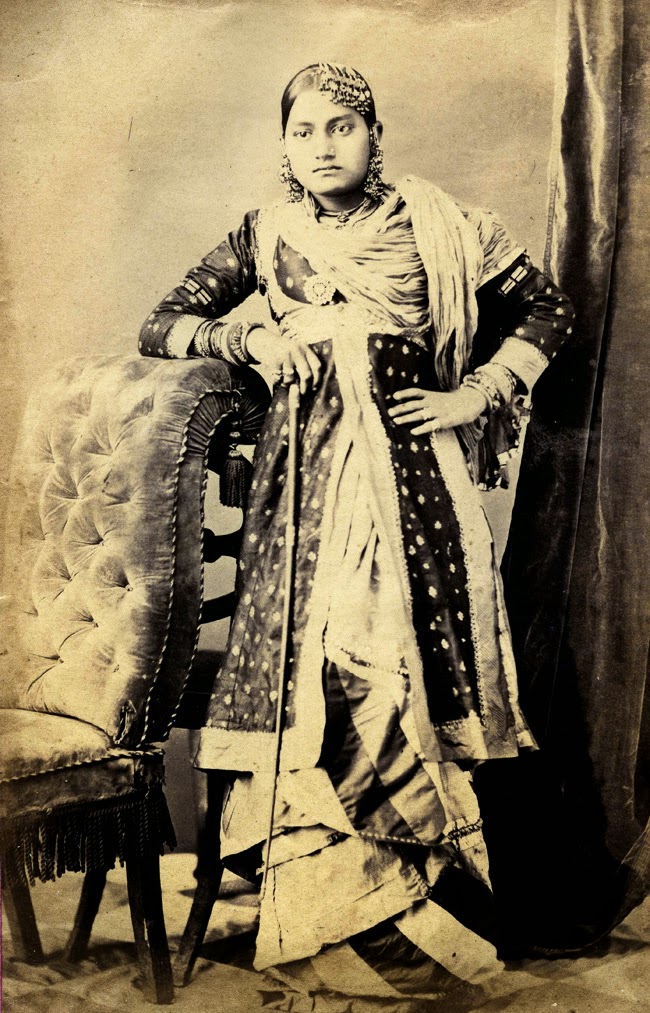





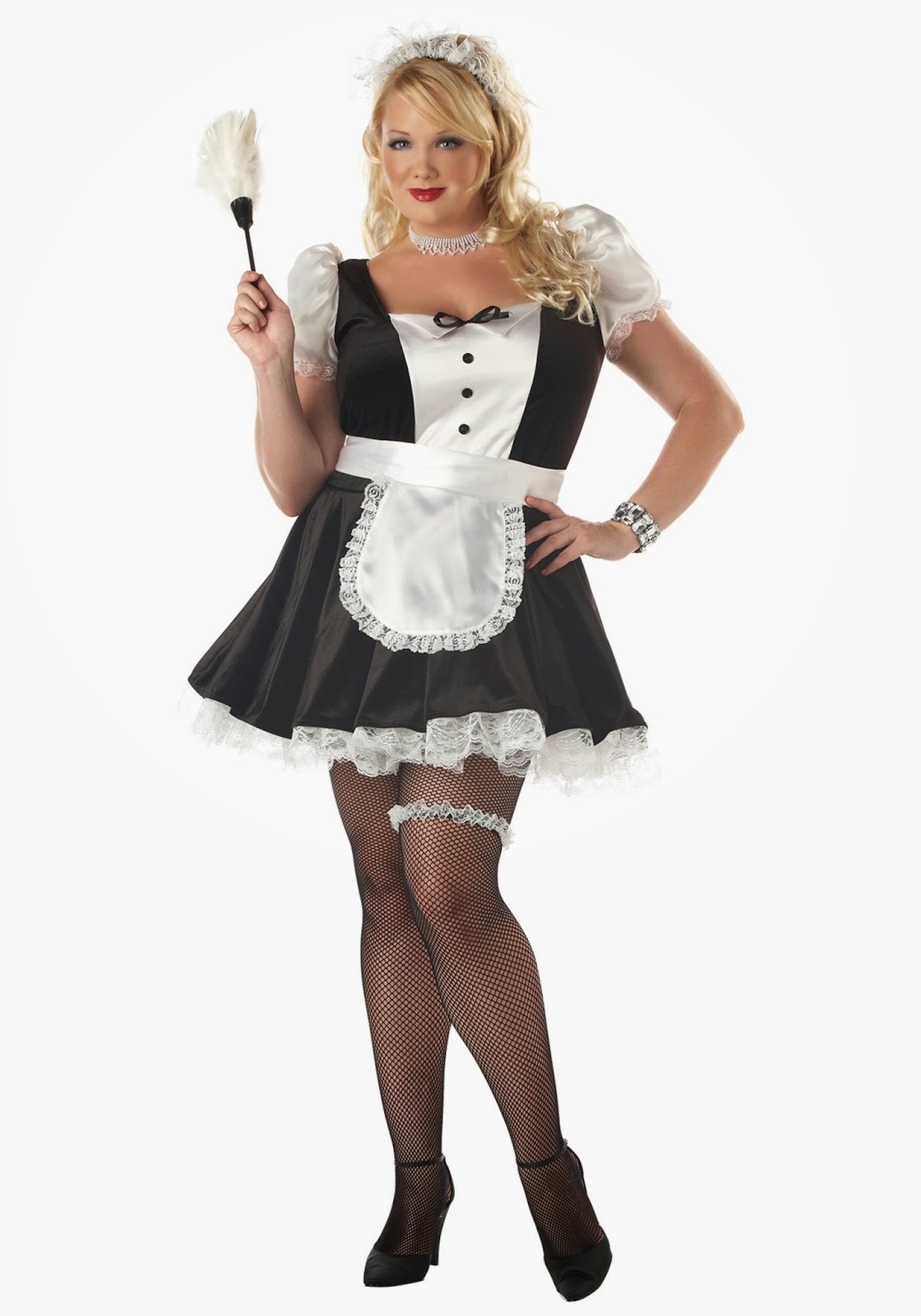


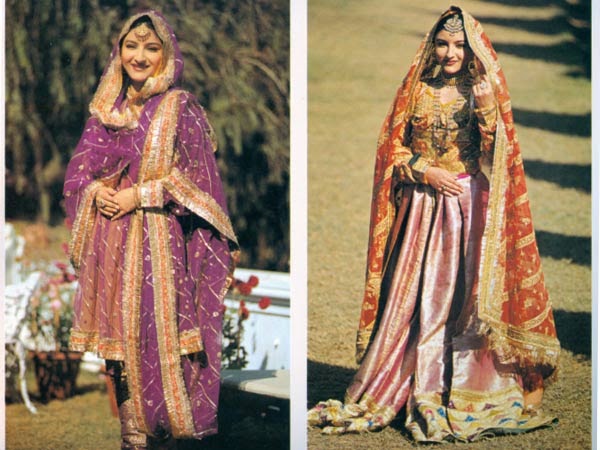




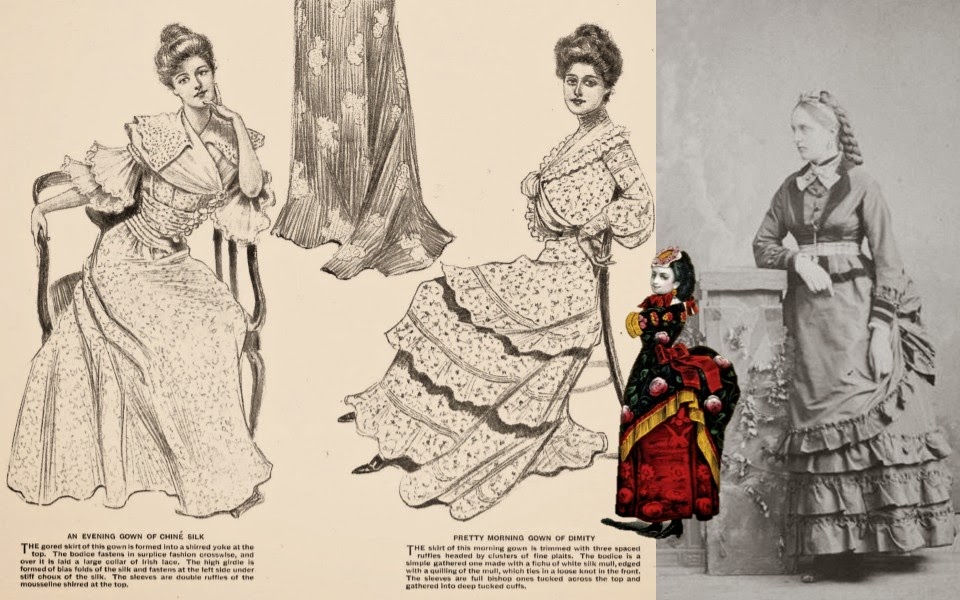.jpg)







